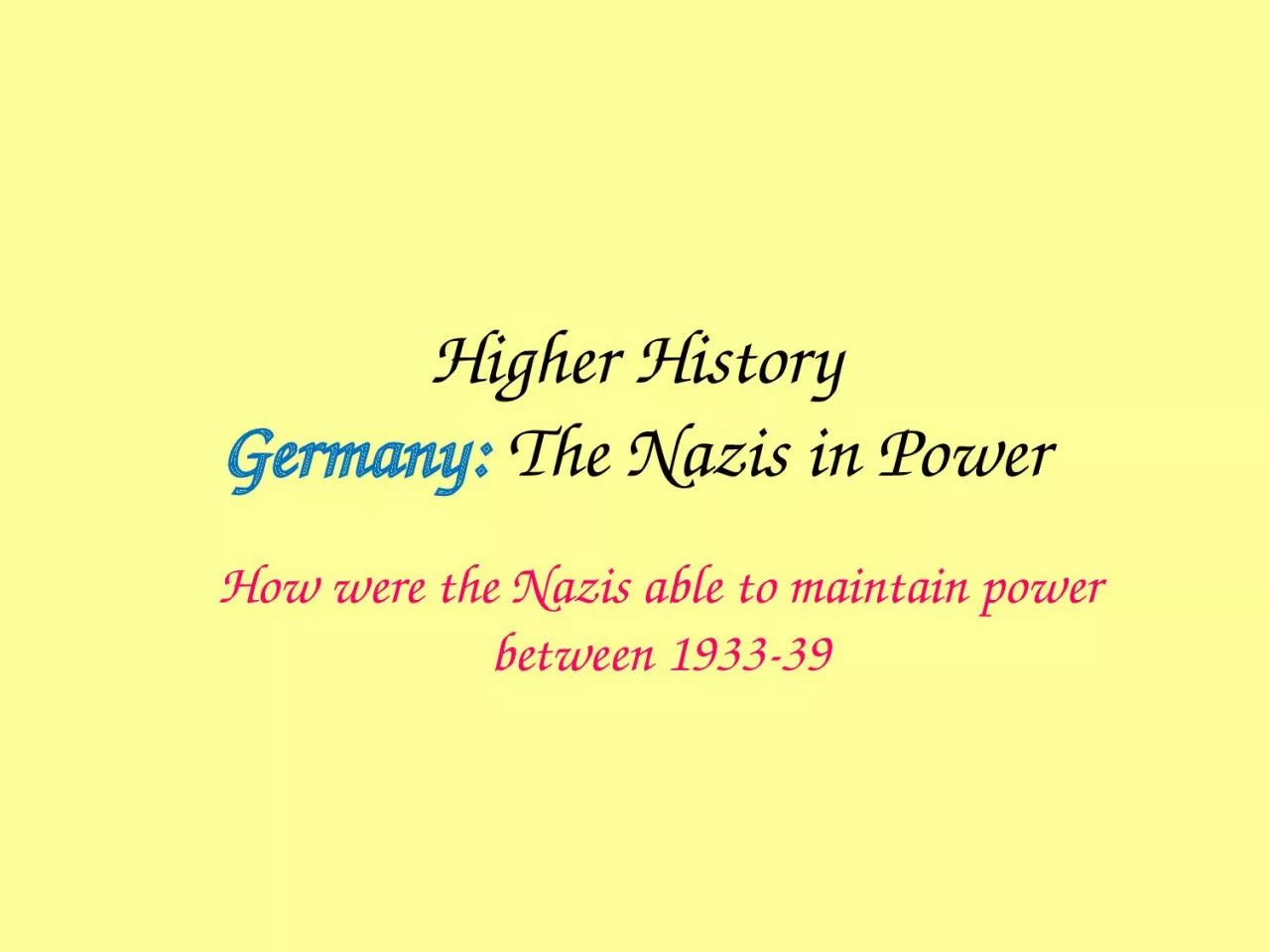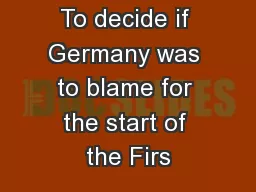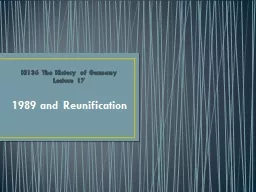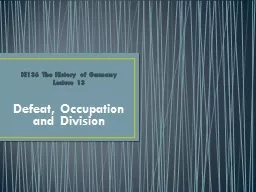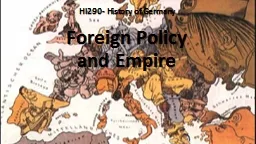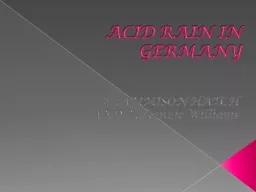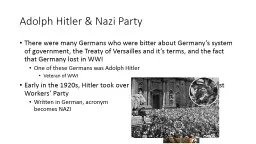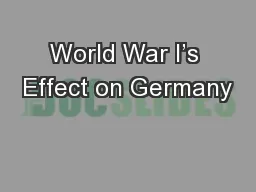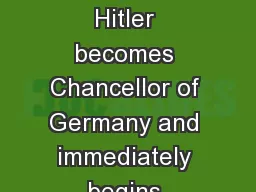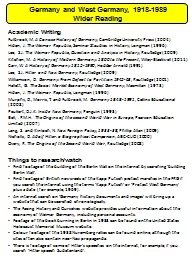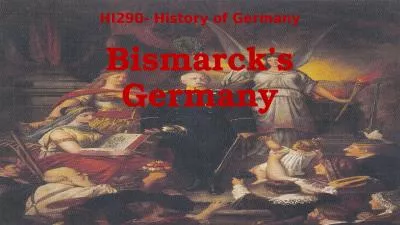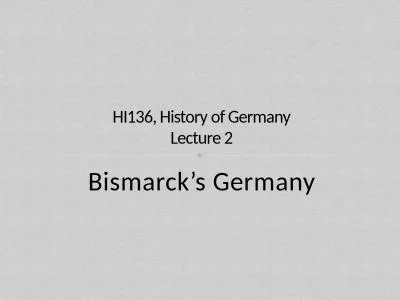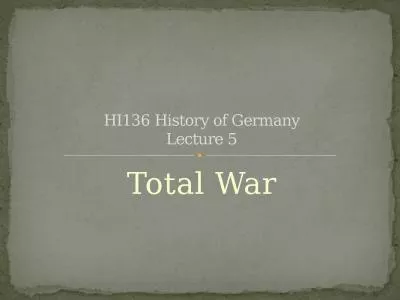PPT-Higher History Germany:
Author : joy | Published Date : 2024-02-09
The Nazis in Power How were the Nazis able to maintain power between 193339 We are learning to Explain why the Nazis were able to stay in power between 1933 and
Presentation Embed Code
Download Presentation
Download Presentation The PPT/PDF document "Higher History Germany:" is the property of its rightful owner. Permission is granted to download and print the materials on this website for personal, non-commercial use only, and to display it on your personal computer provided you do not modify the materials and that you retain all copyright notices contained in the materials. By downloading content from our website, you accept the terms of this agreement.
Higher History Germany:: Transcript
Download Rules Of Document
"Higher History Germany:"The content belongs to its owner. You may download and print it for personal use, without modification, and keep all copyright notices. By downloading, you agree to these terms.
Related Documents

